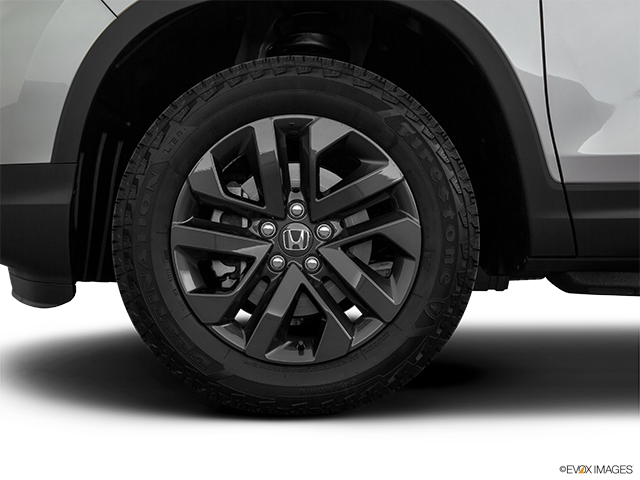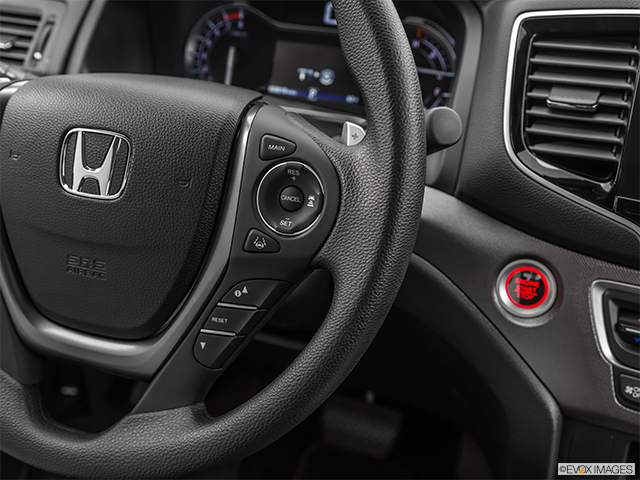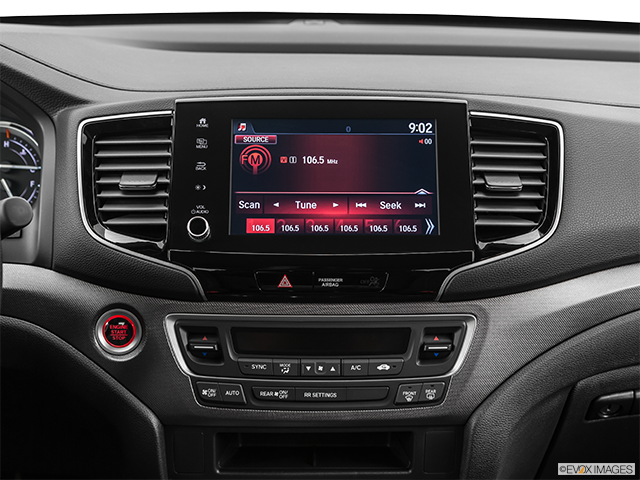Back in May of 2021, Google updated its algorithm yet again. Google loves keeping SEO professionals on their toes, and each update of the algorithm can mean minor—or sometimes major—updates to content and websites to ensure that rankings don’t plummet.
For dealerships that don’t have an SEO or marketing pro handling their online content, this update might be a surprise. If dealerships haven’t reviewed and updated their site for the May 2021 change, here’s how dealerships can optimize their site and content for the latest Google algorithm.
- Simplify the navigation process
- Integrate customer service tools (consider online chat functions)
- Add immersive tools to aid buyers like extensive slideshows, augmented reality experiences, etc.
- Audit the mobile site (revamp if necessary)
- Utilize industry specific keywords and offer and informative unique content
How Does Google’s Algorithm Affect Visibility?
Google has a reputation for frequently updating the algorithm that it uses for its search query tool. The algorithm affects how search results appear, and, most importantly, what sites appear at the top of a user’s search query.
Updates to the algorithm can put more importance on certain data like links and, with the most recent update, the experience of the user. Google is now paying attention to the experiences that sites offer users; unique features and perhaps even immersive tools might help boost a site’s ranking.
What is the user experience of a site? This can refer to the ease of navigation and even the data or features found on the site. If the website is cumbersome for users or if information isn’t accessible, the user experience is going to be poor. This will affect how the site ranks with Google.
Google already emphasizes site content as it relates to an individual industry. For example, dealership sites should include industry-specific information and keywords related to the industry to rank well. In addition, this content also is rewarded if it’s unique. Copying basic facts that are already accessible isn’t going to win points.
With the latest update, dealerships will need to focus on the experience of their users. How does a dealership understand the experience of its site? Here’s how to audit the dealership website for Google’s latest algorithm update.

Is the Site Easy to Navigate?
One of the most basic strategies that a dealership can use to improve visibility is to ensure that its website is easy to navigate. Site visitors need to be able to find the information they need and access it. They shouldn’t have to hunt around to decipher the organization of the site.
When surfing onto a website, contact information should be clear. There should be an FAQ section related to online purchasing (if the dealership offers it as an option).
Dealerships should break information into easy-to-navigate sections. This might sound obvious, but not all websites include simplistic tab structures or other tools that allow for a quick and concise user experience.
Can Website Visitors Find Help and Assistance?
Shopping for a new car and researching options happens online now for many buyers. The last destination that buyers will visit during their online search is often the dealership site.
Why are they visiting the dealership site? They might zero in on the price of a particular model; they may be comparing these prices to those of other dealerships. Buyers also may simply be reviewing the inventory.
What if the visitor has a question about a model’s availability? Is there an online tool that allows them to communicate with the sales team? Are they supposed to email?
Many dealership sites offer an on-page chat function. This enhances the user experience and allows for a site visitor—and potential buyer—to quickly and easily get answers to their questions.

Does the Site Offer Any Unique Experiences or Tools?
User experience can be enhanced by unique features and tools that are specific to a dealership. These experiences can include immersive augmented reality showrooms or even 3D models of vehicles that encourage exploration.
Extensive vehicle photo slideshows also can enhance the user experience. Buyers might be looking for ways to explore different vehicle models online and gather more information about their potential purchases.
Dealerships can integrate these unique and exploratory features into their website to boost visibility online and add to the experience of the site visitor.
Check the Site Via a Mobile Device, Too
Dealerships might focus on the navigation of their site via a standard computer connection. Mobile navigation and standard online navigation are different, but they both matter to Google.
Pull up the website via a mobile device. Is it clunky? Many buyers won’t simply sit at their computer to do research on a new vehicle. Instead, they might use their phone or tablet during some daily downtime.
A poor mobile site won’t hold anyone’s interest. If dealerships realize that their site doesn’t translate well via a phone or tablet, it’s time for a mobile revamp!
Optimize Content but Keep it Compelling
Dealerships will need to continue to optimize content for SEO. This means that blog or on-site copy should include key phrases that are relevant to the industry.
However, dealerships should not sacrifice the quality of content while focusing on SEO. The best content must be optimized and compelling. Content also should be unique and integrate those key search phrases organically.
Site visitors don’t want to read poorly written content that simply weaves in SEO phrases. Google rewards great content, but it penalizes poorly-written copy that isn’t informative and is stuffed with keywords.

What Tools Enhance the User Experience?
When dealerships realize that their site is in need of an overhaul so that it doesn’t fall in the rankings, this could be the ideal opportunity to begin integrating more immersive tools for buyers/site visitors. Dealerships can use car stock imagery and videos from EVOX Images to enhance their site and the user experience.
EVOX Images offers an extensive library of stock images that dealerships can use to create extensive slideshows of new models or even as a hero image on their website. EVOX Images also offers 360 degree exterior spin photos and panorama photos.
These unique and immersive photos encourage exploration. Site visitors can use a mouse or just their fingertip (for the mobile experience) to interact with the photo. Exterior spin photos can be turned around, and this helps buyers see the car from different angles.
Panorama photos let the user see the interior of the vehicle. Again, they can use a fingertip or the mouse to look around the interior of the vehicle. The panorama spin photo gives users the feeling that they are sitting in the front seat of the vehicle and turning around. They can even look up to see the moon roof!
Many images from EVOX Images also can be used by dealerships to create unique augmented reality experiences that buyers can access via the dealership website. Augmented reality experiences are becoming extremely popular in the industry; in fact, many manufacturers include augmented reality tools on their sites. Autotrader reported that Jeep, Porsche and Volvo are among the brands that have embraced augmented reality.
With an augmented reality experience, the site visitor can use the camera on their phone to view their environment. Then they can drop a graphic model of a vehicle into this environment. This allows vehicles to appear in a garage, the driveway or elsewhere. The user controls where they preview the car, and, using their phone, they can even walk around the image to view it from any angle.
Dealerships might have already updated their websites to ensure better visibility online with Google’s new algorithm. For dealerships that were unaware of this change, it’s time for a website audit. Review the online and mobile sites and make any changes to enhance the user experience and amplify visibility.

